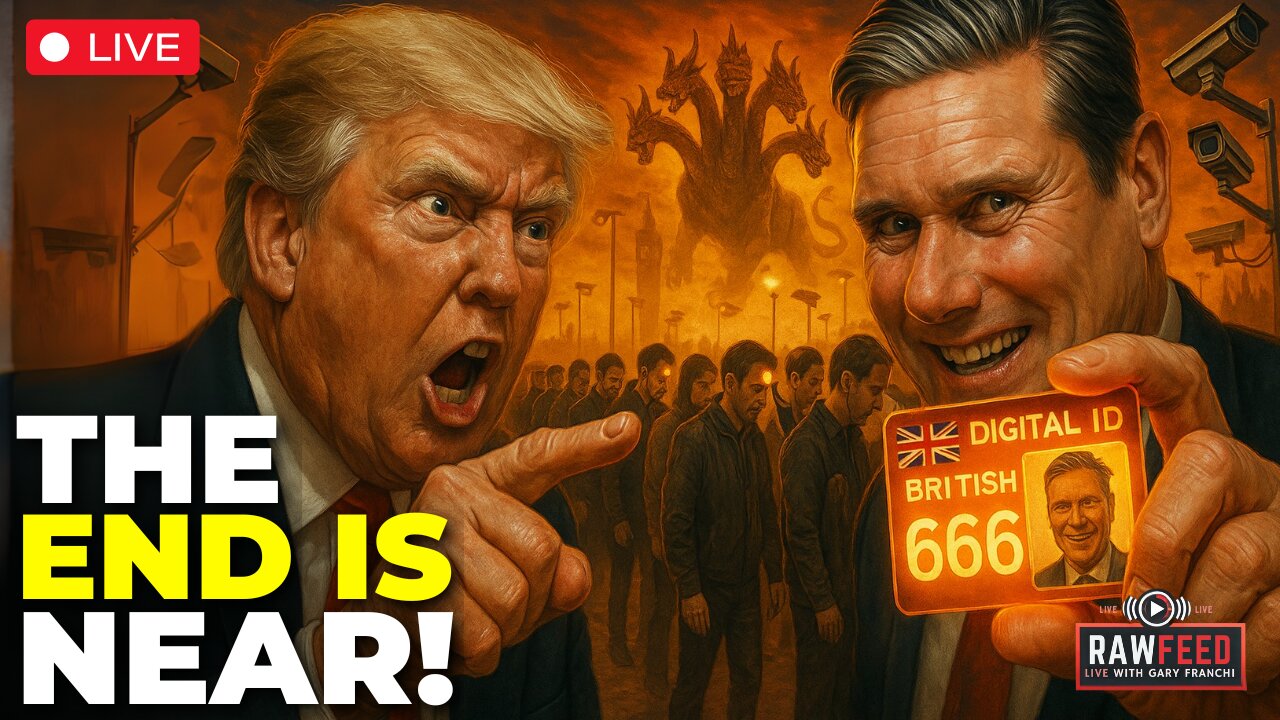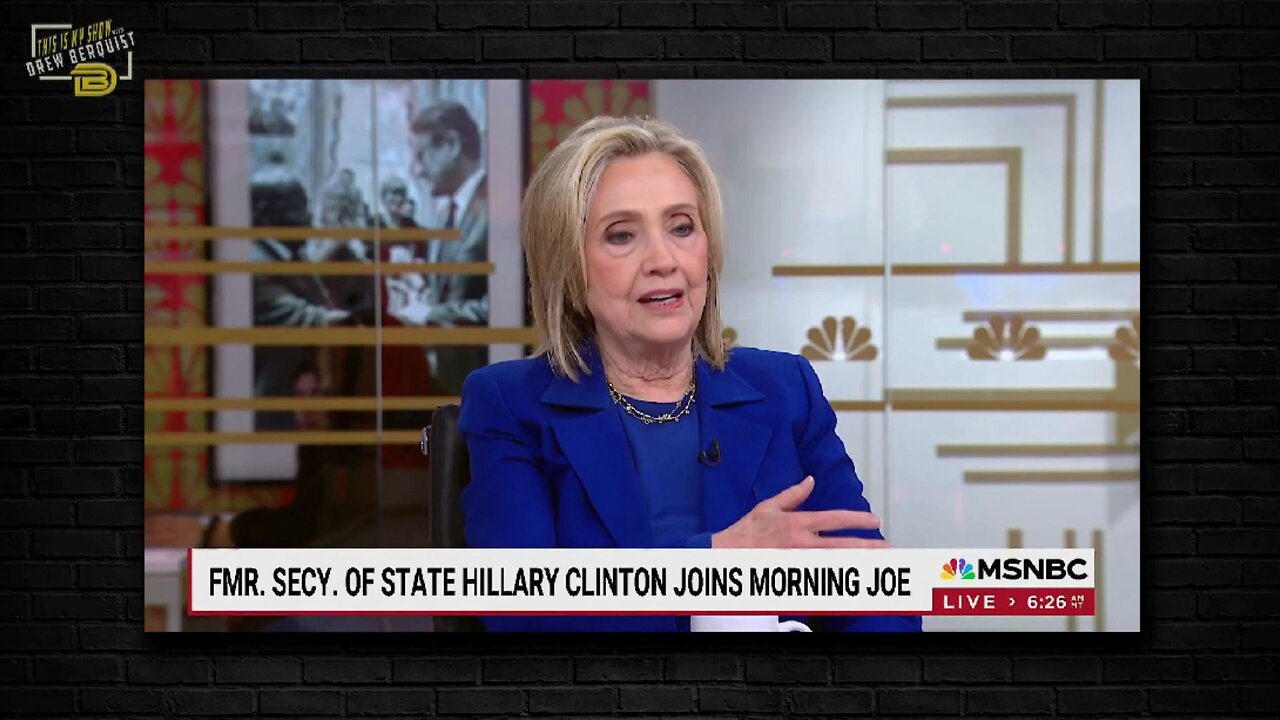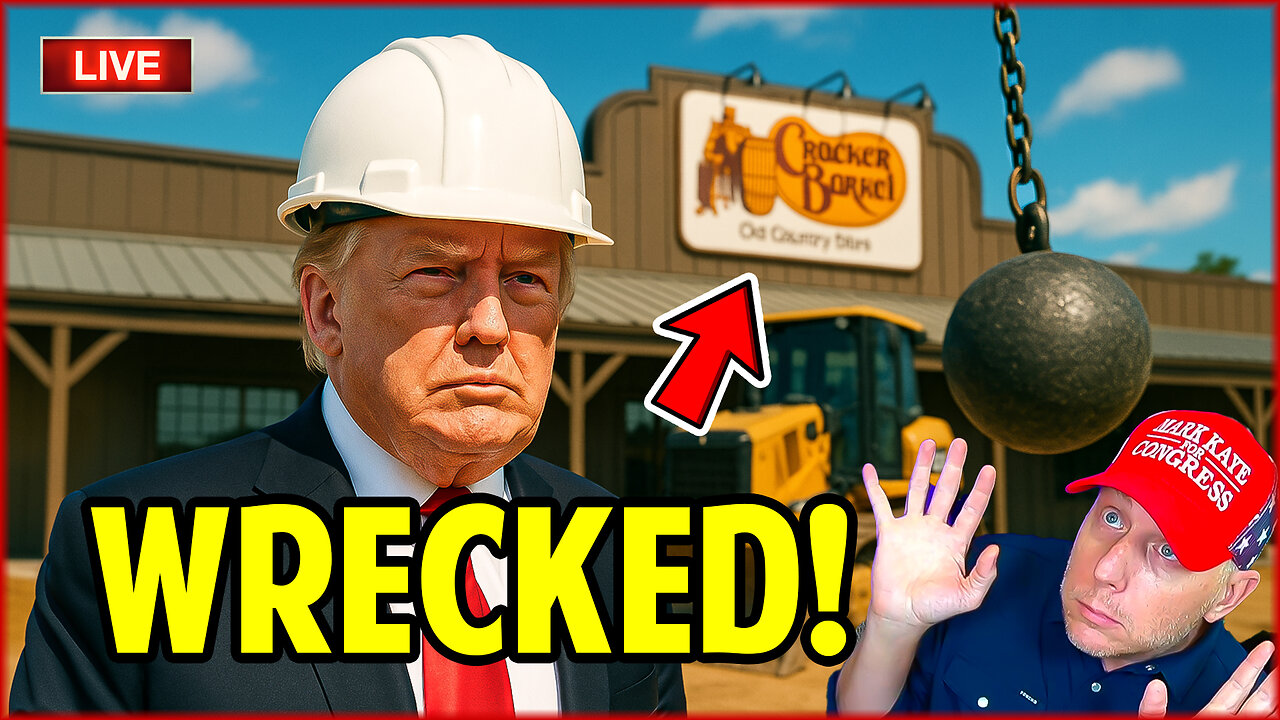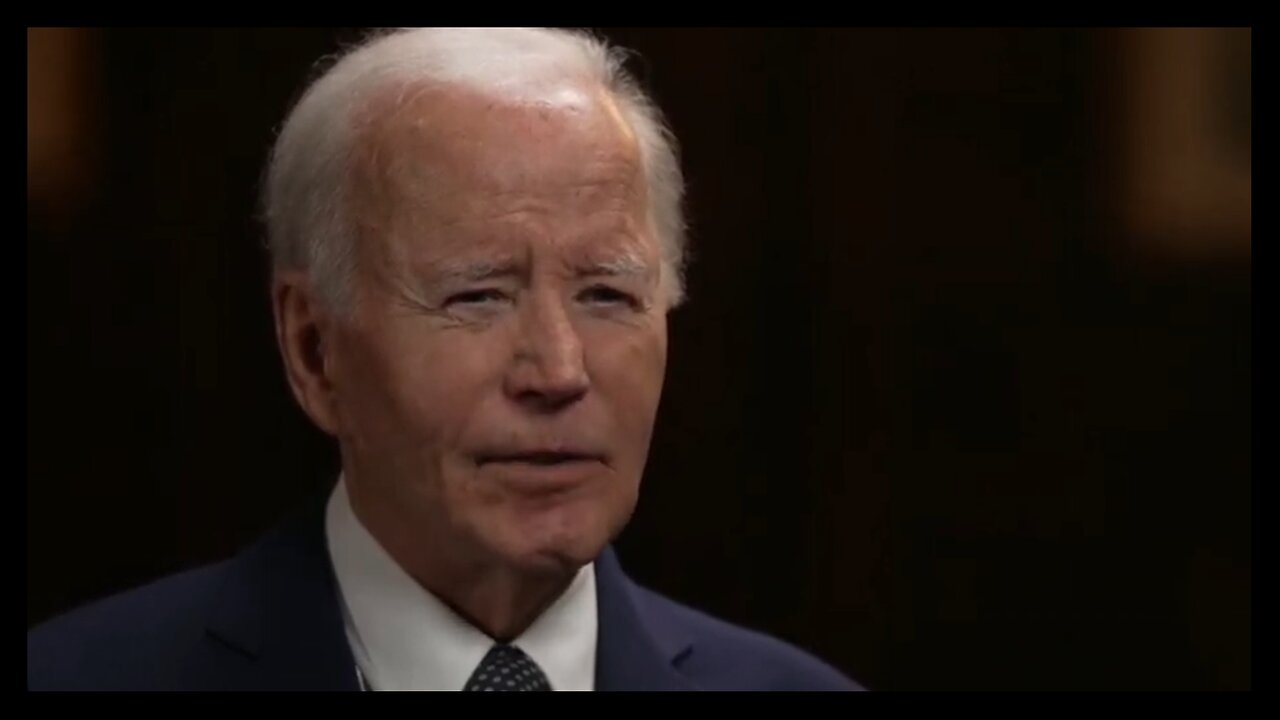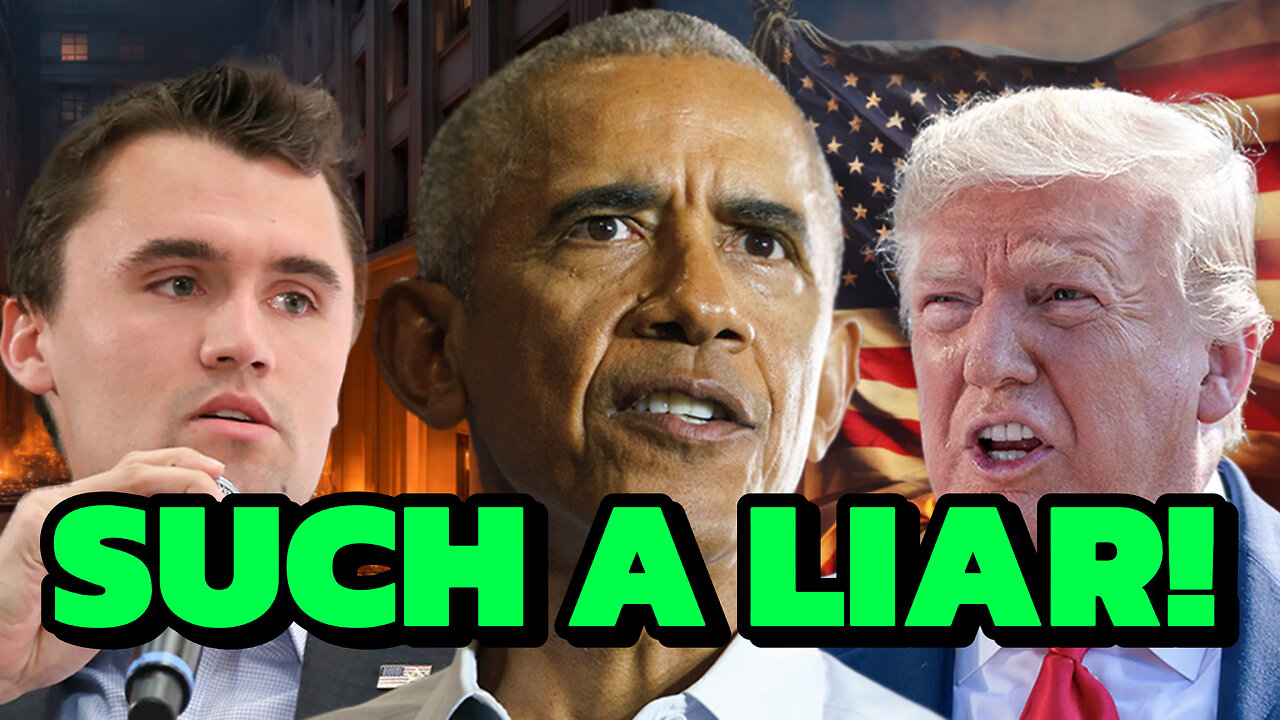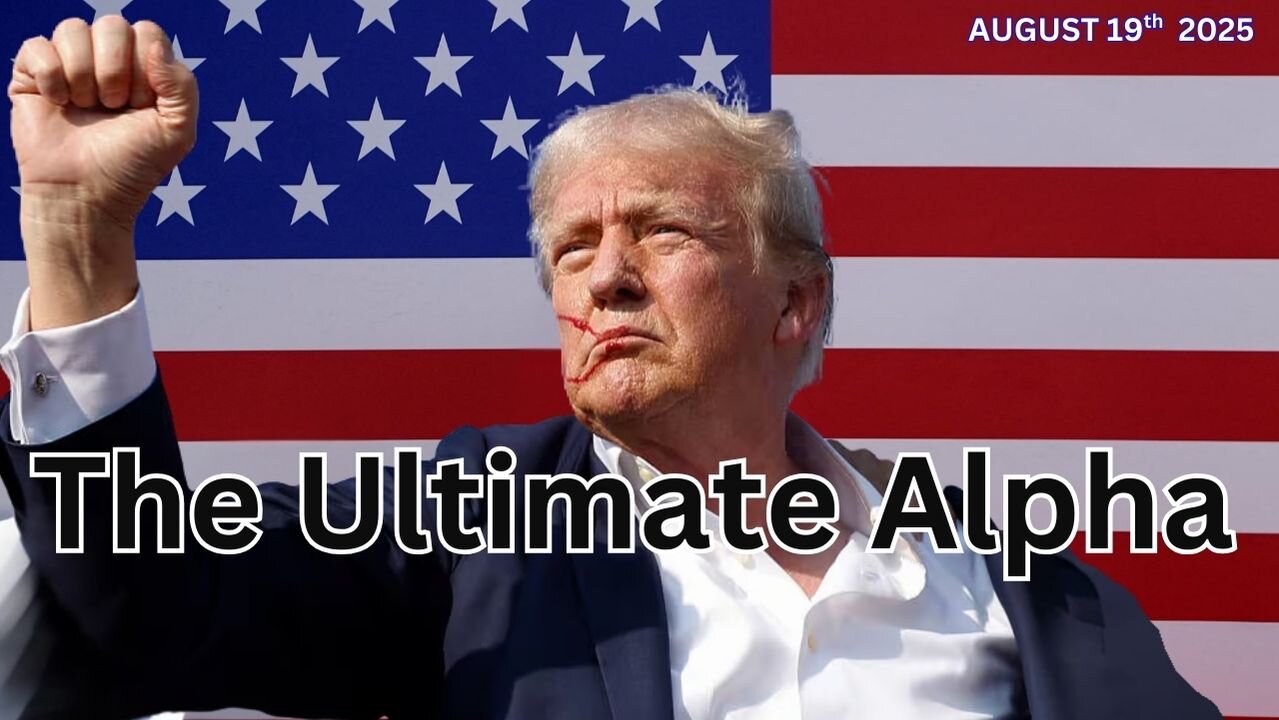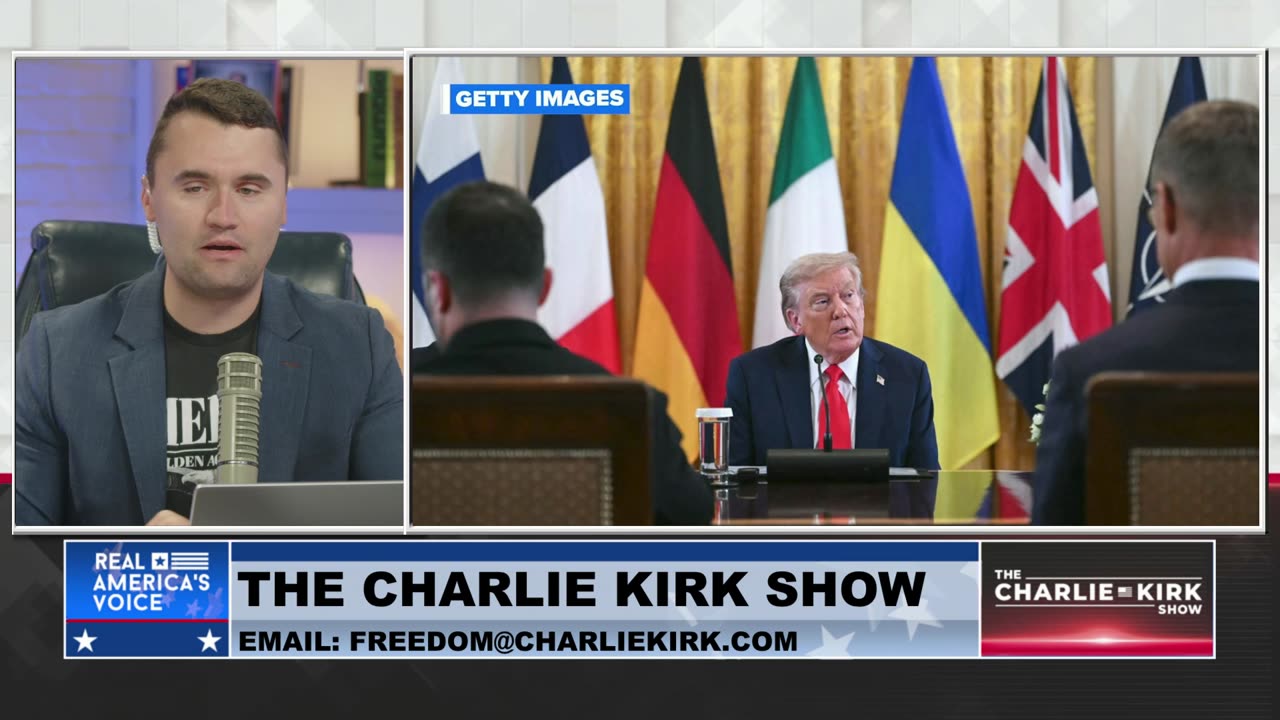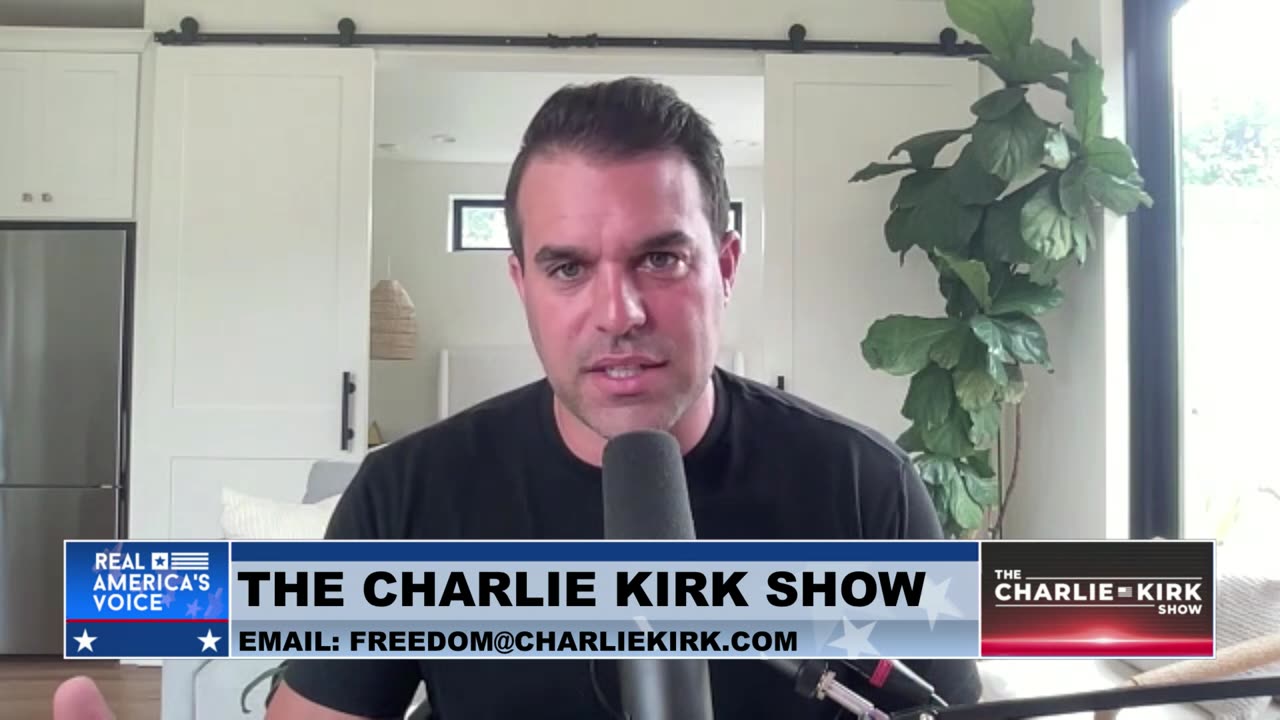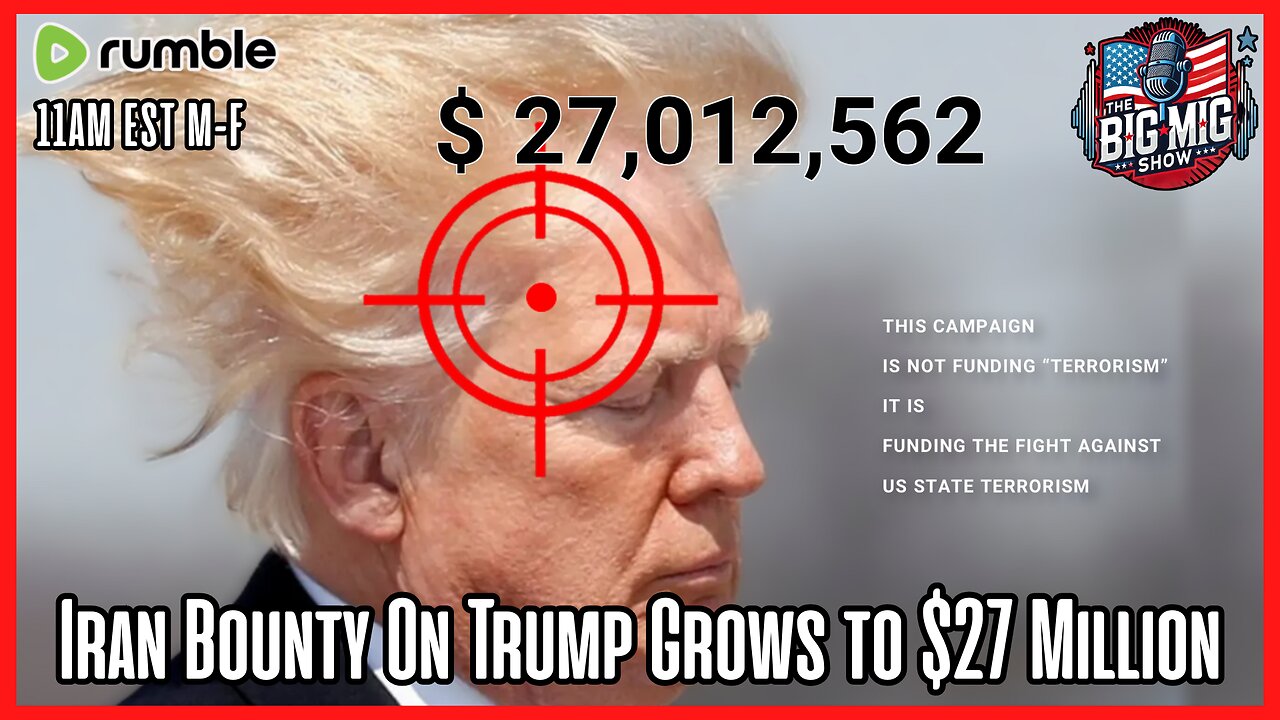President Trump is Protecting America’s Technological Edge Over China
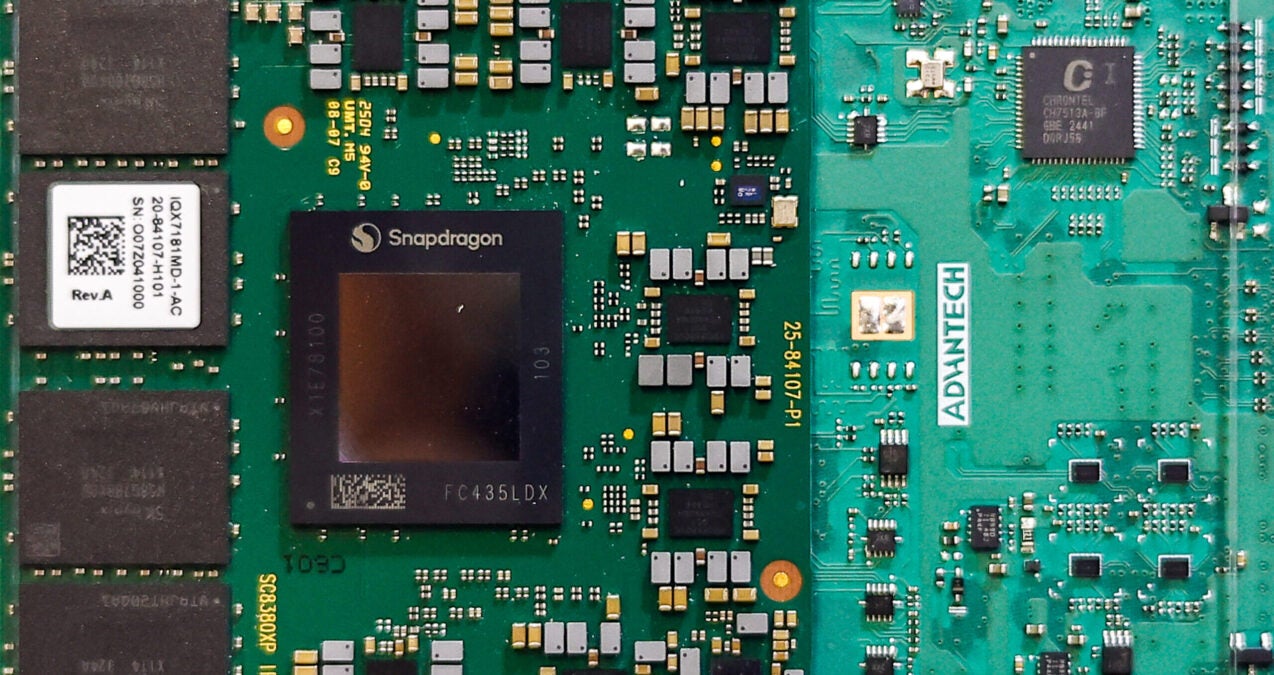
President Donald Trump’s forceful use of export controls on high-end, dual-use semiconductors to contain the Chinese Communist Party’s technological ambitions is one of the most important national security achievements of his first term. Export controls are a national security tool that restricts the technology that corporations can sell or transfer to American adversaries.
In a long-overdue answer to China’s predatory industrial policies and unfair trade practices, the first Trump administration pioneered the use of these tools to counter China’s efforts to dominate critical technologies and further devastate U.S. industry.
Less than 100 days into his second term, the president has already begun building on this legacy to continue protecting America’s national and economic security.
Strong Export Controls Make Communist China Squirm
Strong export controls on these advanced semiconductors make Communist China squirm—a clear sign that they are effective. China has resorted to desperate attempts to intimidate the United States from persisting in President Trump’s export control policy.
In 2023, during then-Commerce Secretary Gina Raimondo’s “good will tour to China,” Huawei released a smartphone featuring a homegrown Chinese microchip that seemingly subverted U.S. attempts to limit China’s chipmaking technology. This deliberately timed stunt was clearly intended to persuade the U.S. to abandon aggressive export controls. It didn’t work—semiconductor industry experts quickly deduced that China’s chipmaking abilities were still years behind the cutting edge, and that China’s ability to scale up production of high-end chips remained limited. The entire episode was a vindication of the Trump administration’s approach.
China’s tech industry similarly attempted to intimidate President Trump as he took office for his second term. The Chinese AI company Deepseek released its R1 AI on Trump’s second inauguration day, just before he announced a landmark $500 billion investment in U.S. AI infrastructure. Deepseek published technical papers disclosing a small part of their development costs, leading to a false media narrative that Deepseek had figured out how to match or surpass cutting-edge U.S. AI giants with just a fraction of their capital and technological requirements. The narrative devastated U.S. tech stocks and sparked a $1 trillion loss in the U.S. stock market.
The news cycle was perfectly designed to convey that the U.S. was falling behind in AI and couldn’t restrain China’s AI developments. Markets latched onto reports that Deepseek created its AI model for a meager $6 million. That’s a fraction of the billions spent by U.S. companies on similar projects, without using cutting-edge chips.
The claims cast doubt on the effectiveness of U.S. export controls, the viability of leading U.S. AI firms, and the wisdom of Trump’s support for a multi-hundred-billion-dollar U.S.-led AI infrastructure buildout. But like the Huawei phone, the media narrative around Deepseek quickly unraveled.
The Deepseek Narrative Unravels
It turned out that Deepseek’s AI models relied on “large volumes of advanced AI chips with performance near the global state of the art” made by Nvidia. Also, Deepseek’s newest models may be trained on smuggled chips banned by U.S. export controls. Industry experts found that claims about Deepseek’s training costs conveniently omitted the largest expenses involved in AI development, including the price of high-end chips and power consumption.
Anthropic CEO Dario Amodei concluded that Deepseek’s “total spend… is not vastly different from U.S. AI labs,” and that the cost reductions Deepseek did demonstrate were “on-trend at best.”
The Need for More Export Control and Enforcement
If anything, Deepseek’s high-end AI models highlight the need for more aggressive export control development and enforcement for advanced semiconductors. AI expert Gregory C. Allen has laid out how Deepseek’s AI models were created using Nvidia chips designed solely to dodge exports controls, which were subsequently banned from export to China in 2023.
Meanwhile, Chinese AI labs are increasingly turning to black markets for restricted chips and undertaking a national effort to indigenize supply chains necessary for AI development. Deepseek CEO Liang Wenfeng himself noted in July 2024 that “[m]oney has never been the problem for us; bans on shipments of advanced chips are the problem.”
Further strengthening controls on high-end semiconductors and cracking down on smuggling operations can ensure that the U.S. advantage in AI persists. The CEO of ASML, a firm that makes critical semiconductor manufacturing equipment, has stated that U.S. export controls have left China approximately 10-15 years behind the West in producing the high-end chips necessary to escape the grasp of U.S. export controls.
Trump Is Protecting America’s Edge
Fortunately, Trump is picking up where he left off and continuing his legacy of protecting America’s technological edge.
Early in Trump’s first term, over 300 Chinese companies were added to the Bureau of Industry and Security’s Entity List. This subjected them to export controls and licensing requirements. The policy was so clearly in the national interest that the Biden administration continued it, restricting China’s access to the entire semiconductor sector in 2022 and 2023. This included key restrictions in December 2024 on high bandwidth memory, which is vital for AI applications. Trump looks set for an even more aggressive approach in his second term.
His day-one America First trade policy requires Commerce Secretary Howard Lutnick to “enhance our Nation’s technological edge” by eliminating “loopholes in existing export controls.” The president’s more recent America First Investment Policy explicitly indicates that the U.S. will crack down further on China’s attempts to indigenize semiconductor manufacturing.
Trump has also chosen personnel eager to implement this agenda. Lutnick has committed to rigorously enforcing tech restrictions. Before he was even confirmed, the Commerce Department adopted a more skeptical posture towards sales of restricted technology to China, a welcome change.
Most recently, on March 31, Lutnick and newly-confirmed Under Secretary of Commerce for Industry and Security Jeffrey Kessler sanctioned a slew of companies for “engaging in the development of advanced AI, supercomputers, and high-performance AI chips for China-based end-users with close ties to the country’s military-industrial complex.”
“We are committed to using every tool at the Department’s disposal to ensure our most advanced technologies stay out of the hands of those who seek to harm Americans,” Lutnick explained at the time. And this is only the beginning—the president has now awaiting Senate confirmation who are firmly committed to further bolstering export controls on high end semiconductors.
Xi Jinping and the CCP should be concerned. These are exactly the moves a leader would make if they intend to prevent China from dominating critical technologies. Trump’s approach to semiconductor export controls is the right one. These policies have protected America’s national security and technological edge and are even more critical today than during his first term.
Thankfully, the president is planning to take them even further.
The post President Trump is Protecting America’s Technological Edge Over China appeared first on The Daily Signal.
Originally Published at Daily Wire, Daily Signal, or The Blaze
What's Your Reaction?
 Like
0
Like
0
 Dislike
0
Dislike
0
 Love
0
Love
0
 Funny
0
Funny
0
 Angry
0
Angry
0
 Sad
0
Sad
0
 Wow
0
Wow
0





